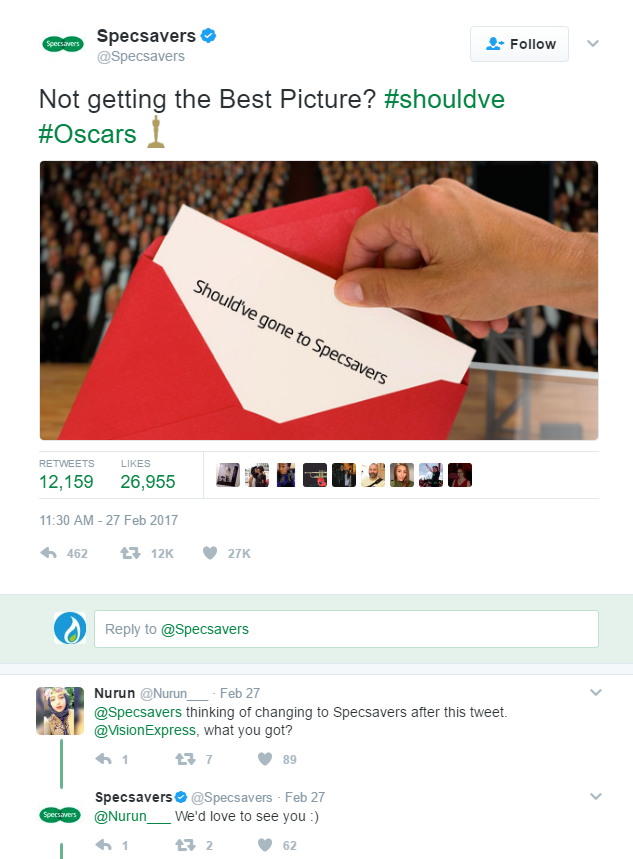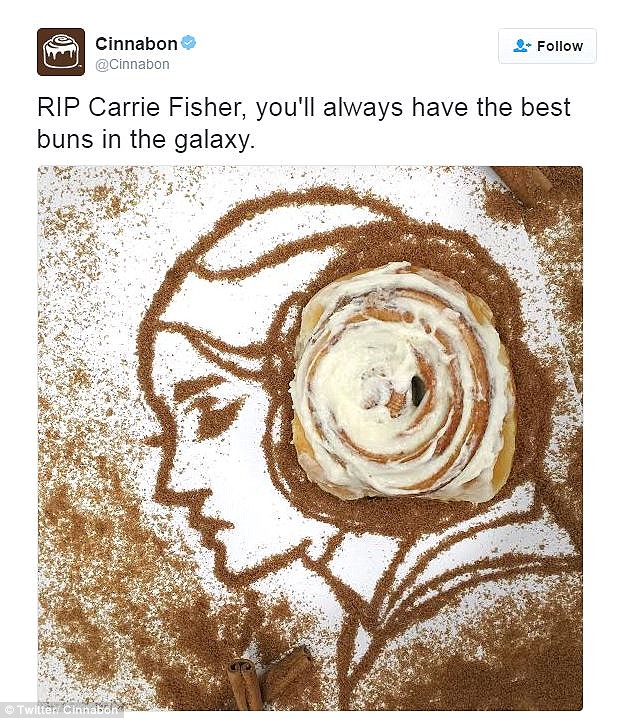The Rise of Reactive Marketing (and its Benefits)
The rise of social media has been a global phenomenon, so far reaching that no industry has been untouched by its stronghold. Under the tyrannical rule of social media, digital and content marketing have undergone numerous changes and adaptations in order to remain effective. The most notable addition is that of reactive marketing; but what exactly is it?
What is Reactive Marketing?
Today, most brands are executing some form of social media campaign as part of their digital marketing strategy. Creating digital communications and stories in-house, and distributing them directly to consumers isn’t novel, content marketing has been around for some time. However, now that brands have the ability to communicate instantly, and at the push of a button, it’s created a new opportunity to insert themselves into discussions and ‘hype-circles’ online. By becoming part of natural narratives, brands make themselves not only recognisable, but relatable too. This is reactive marketing – the practice of tailoring your content to the watercooler conversation topics of the day, hour or even minute; thus, reacting to whatever the big story is at the time. The topics for reactive marketing are easy to find, thanks to hashtags it’s easy for users to find content relating to a specific topic; and with ‘trending topics’ (words, phrases or hashtags that are being mentioned the most) any brand or person knows where the action is at any given time. 
How Can You Execute Reactive Marketing?
The beauty of proactive marketing is scheduling. This means creating a weeks’ worth of content in one sitting and scheduling it to go out intermittently across the coming week – freeing up remaining time to concentrate on other tasks. Reactive marketing isn’t easy – it demands real-time posting, and since trending topics can change hourly, reactive marketing requires constant awareness. Due to the nature of trending topics, reactive marketing only has a small window of opportunity, which doesn’t allow for long content pieces, extravagant campaigns or even senior level authorisation. Which runs the risk of an ill-conceived post that could spark a social media firestorm. For instance, when Star Wars actress Carrier Fisher passed away in December, fast food bakery chain Cinnabon tweeted a tribute that referred to Fisher's famous and iconic hair rolls that she sported in the films.  Cinnabon tweeted their tribute around 1.30pm, within 45 minutes the post had been swiftly deleted after many Twitter users were left with a bad taste in their mouths and called out the company for trying to promote their product by using her death. However, when social media erupted after the 2015 Miss Universe Contest when the wrong contestant was named the winner, and whose crown was quickly taken back; Burger King swiftly jumped into the conversation, saying its iconic crown was one crown that everyone could keep.
Cinnabon tweeted their tribute around 1.30pm, within 45 minutes the post had been swiftly deleted after many Twitter users were left with a bad taste in their mouths and called out the company for trying to promote their product by using her death. However, when social media erupted after the 2015 Miss Universe Contest when the wrong contestant was named the winner, and whose crown was quickly taken back; Burger King swiftly jumped into the conversation, saying its iconic crown was one crown that everyone could keep.  Brands that are championing reactive marketing are those who can move quickly and have a strong understanding of their brand voice; and they reap the rewards for their bravery and innovation.
Brands that are championing reactive marketing are those who can move quickly and have a strong understanding of their brand voice; and they reap the rewards for their bravery and innovation.
What to Remember About Reactive Marketing:
- Keep a finger on the pulse of social. While most of the day’s news will likely just be noise, it’s vital to stay aware of potential marketing opportunities as they arise.
- Brevity is the soul of wit. Keep your message concise and easy to understand.
- Try to entertain. Reactive marketing often goes hand-in-hand with humour, and most people naturally want to laugh – constant self-promotion is boring, and will switch off your audience.
For more marketing tips, like us on Facebook for more helpful content.













